While most famous for its use in management consulting, MECE is a magic problem-solving principle that can be used anywhere, anytime, and by anyone.
This definitive guide will explain what MECE is, why MECE is important in problem-solving, and how you can be MECE. There will also be tips and tricks, application of MECE in consulting resume and case interview.
Table of Contents
What does MECE mean?
MECE (pronounced “mee-see”) is short for Mutually Exclusive, Collectively Exhaustive. MECE is a principle for breaking down items into small pieces. “Mutually exclusive” means no overlap between each piece, while “collectively exhaustive” means all the pieces combined form the original item without any gap.
“MECE framework” is a common misnonym – MECE itself is not a framework, but a principle for frameworks. When a problem-solving framework is MECE, its branches must not have any overlap while covering all possible root causes.
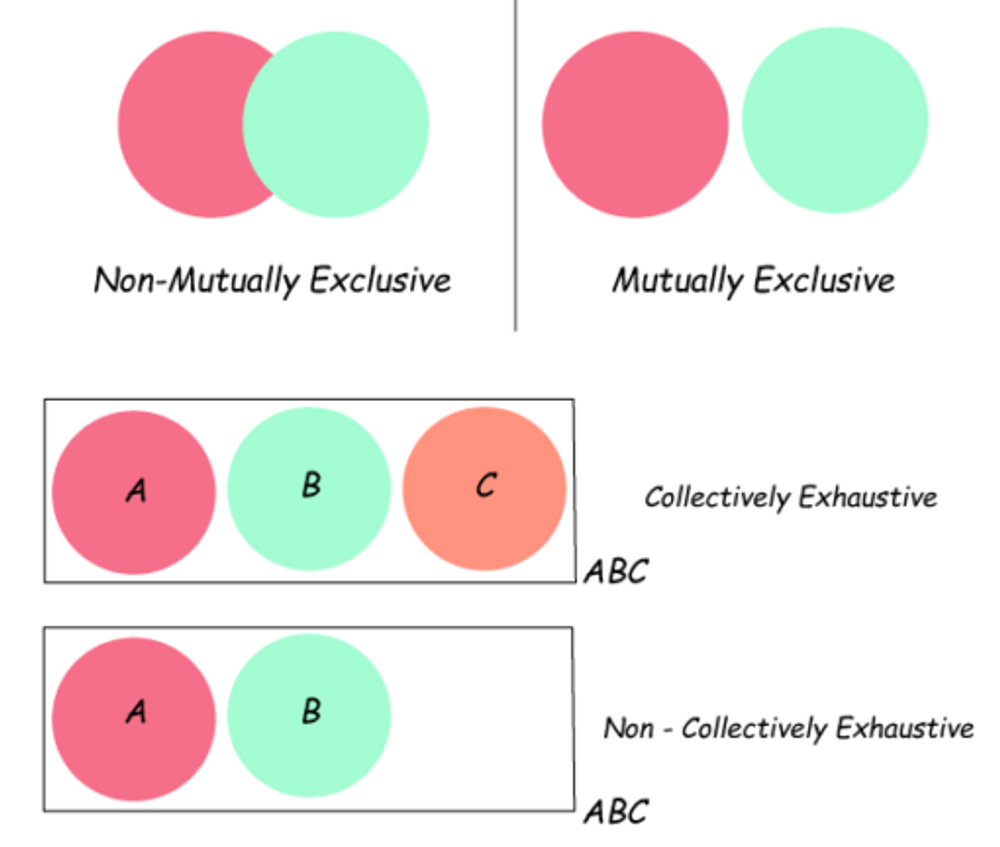
Why is MECE important?
MECE is extremely important in problem-solving because it ensures complete coverage of the problem, helping to identify all possible root causes to ensure maximum-impact solutions. It also prevent effort duplications, saving time and resources. In other words, the problem is solved with the highest effectiveness and efficiency.

A very non-MECE segmentation, for instance, is to divide the students in a university into “male students” and “freshmen”. If the university tried to conduct a school-wide student survey this way, they would waste resources surveying each male freshmen twice, yet still failing to attain the feedback from all students (e.g: females sophomore were not included).
A MECE segmentation in this case can be based on gender (male/female) or seniority (freshman/sophomore/junior/senior); either way, every student will be surveyed once only, maximizing the results while minimizing the resources consumed.
And heck, MECE makes you sound smart and logical. That alone is already enough for me to keep reading. For all the benefits that the MECE principle provide, it is a central pillar of consulting/case interview problem-solving, a must-know for every aspiring management consultant – which is why in the Case Interview End-to-End Secrets Program, I emphasize this concept repeatedly both in case videos and the exercises.
MECE principle – 2 basic rules
Let’s follow the footsteps of Joe, a hypothetical senior intern, hoping to land a job at the White Cinema.
Joe suspects that the majority of customers are happy with the sound. There are just a few particular seats with bad sound quality (and he is right, it is the center-rear part where a few directional speakers have broken down; but he doesn’t know that yet, of course).
The cinema has 144 seats; rows are numbered 1-12 front-to-rear, and columns are marked A-L left-to-right; they are further arranged in nine 4×4 blocks, marked I-IX from left to right and from front to rear (the problematic block is VIII). The question is: How should he divide the seats?


Mutually Exclusive – ME
This is just a fancy word for “No Overlap”. Each sub-branch must be clearly separated from all others. In the White cinema example here, here is a bad way to break down:
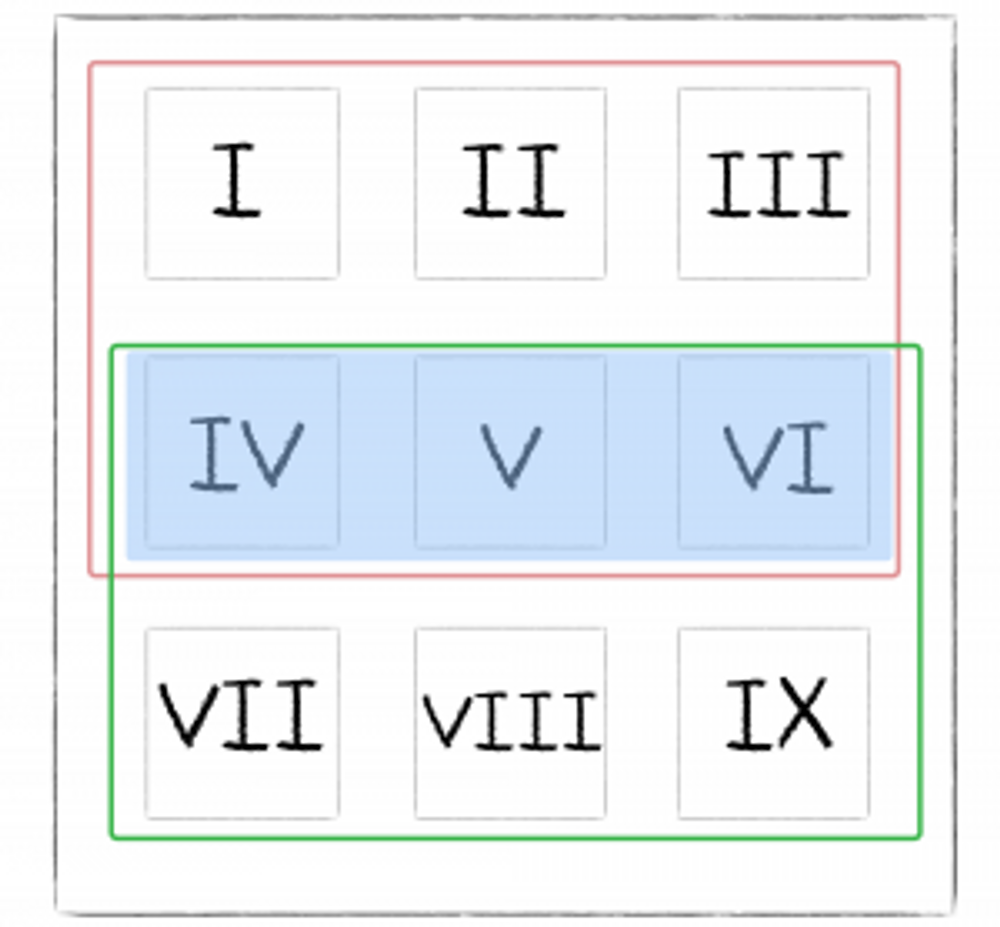
There is a clear overlapping area. Those seats in the center blocks would be accounted for twice in any analysis conducted using this breakdown.
Collectively Exhaustive – CE
As with Mutually Exclusive, the term Collectively Exhaustive is also just a fancy word for “No Gap”. All components adding up must be exactly equal to the original sum. In the White cinema example here, if one breaks down all seats into: Left and Center seats, the whole Right area would be missing and hence a gap.
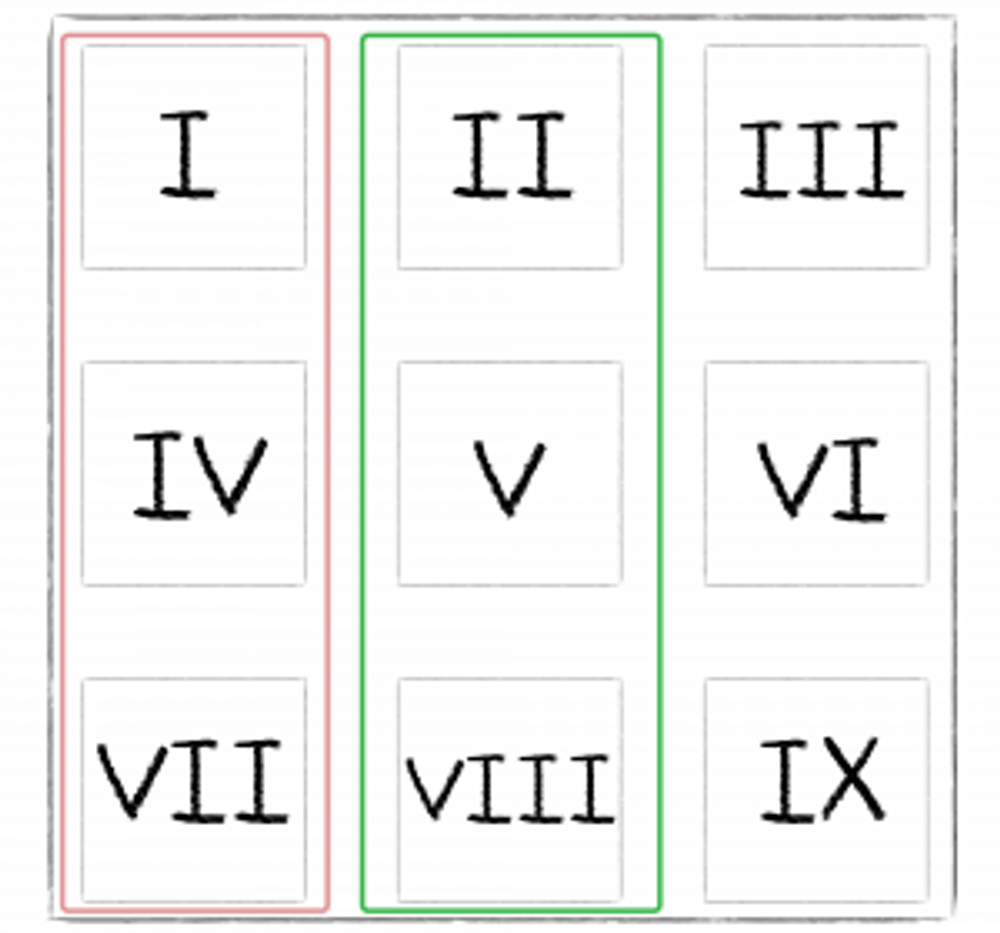
Notice that a collectively exhaustive set must NOT exceed the intended sample space. So block number (I, II, III, …, XII) is NOT collectively exhaustive since blocks X, XI and XII do not belong in the original set.

Mutually Exclusive (ME) vs Collectively Exhaustive (CE) – Which is more important?
When mutual exclusivity (ME) is violated, Joe may over-analyze and duplicate effort in one area. People often think of this as a lack of efficiency.
When collective exhaustivity (CE) is violated, Joe on the other hand may completely miss out on an area. He may never solve the problem if the root-cause lies in the missing area. People often think of this as an effectiveness issue.

However, in many situations, each of ME and CE standing alone can also help with both efficiency and effectiveness. A non-ME analysis may also lead to non-CE. And a non-CE one can as well cause consultants to analyze over and over the same area without finding the root-cause -> inefficient.
This sounds cliche, but true nonetheless: both ME and CE are equally important.
MECE principle – 4 hidden rules
Parallel items
The first “hidden rule” of MECE is all items have to belong on the same logical level.
If Joe divides the seating area into 8 rows (1 to 8) and 3 blocks (VII, VIII, IX), technically he is being very MECE. However, comparing the average sound quality scores of rows with those of blocks can be extremely confusing.

What Joe should do to make his MECE approach truly practical, in this situation, is to segment the seats by either rows, columns or blocks, and not mix these categories.
Joe’s problem is still fairly simple, so even with non-parallel items, he might still be able to solve it. The issue, however, exacerbates with larger data sets – try comparing the average GDP per capita of the whole Eurasia (Europe and Asia) with every other individual country and see if you can draw any meaningful insights out of it.
Orderly list
Have you ever felt slightly irritated when the previously ascending numbers on a street suddenly mix up? That is because your brain subconsciously and you consciously expect things to be orderly.
The same rule applies to the MECE principle, in which items should be arranged in a logical fashion to extract the most benefits.
Coming back to our previous example, assume Joe decides to use the blocks as the basis for his MECE analysis; would it be easier for him to analyze each block from I to IX, or to do so in no particular order?

The magic “Rule of Three”
The “Rule of Three” states that sets of three items are the most intuitive to the human mind, making such information easy to store and process; small sets of items are also less time-consuming to describe. This is why we have stories such as “The Three Musketeers” instead of “Five Hundred Musketeers”.
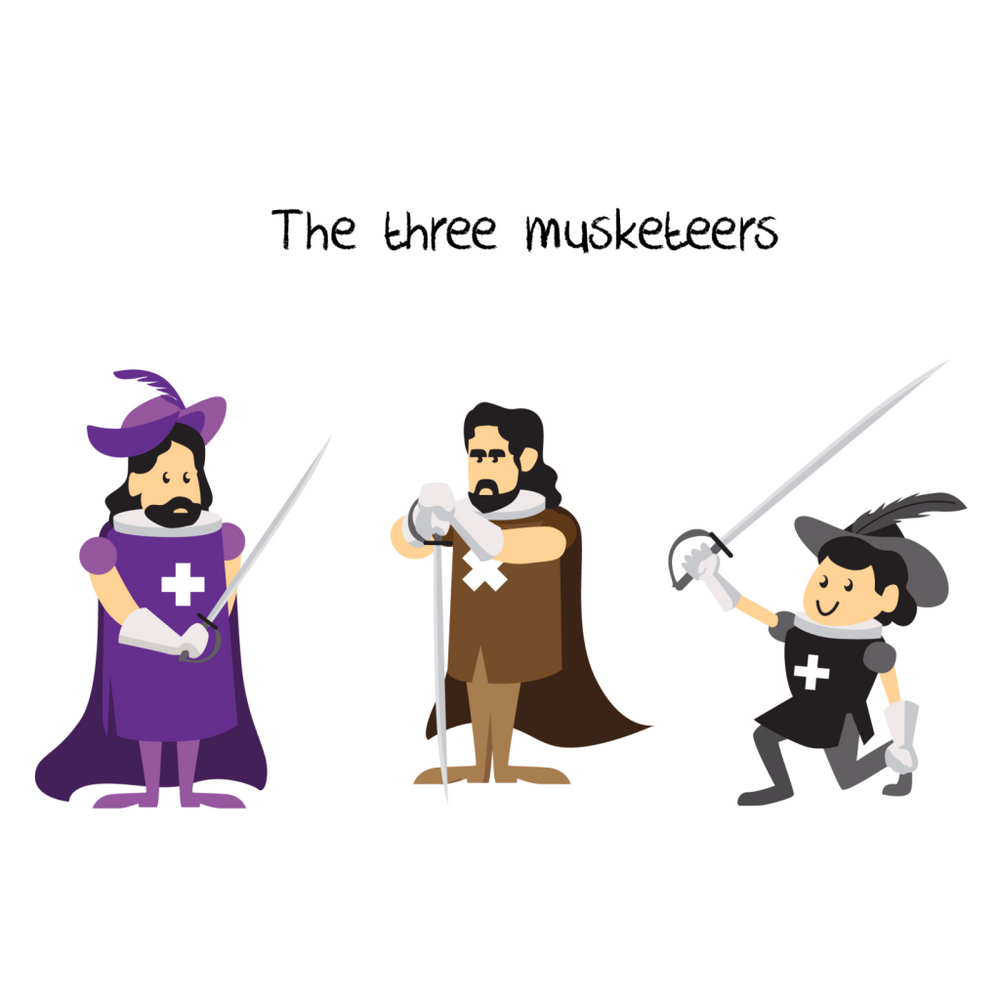
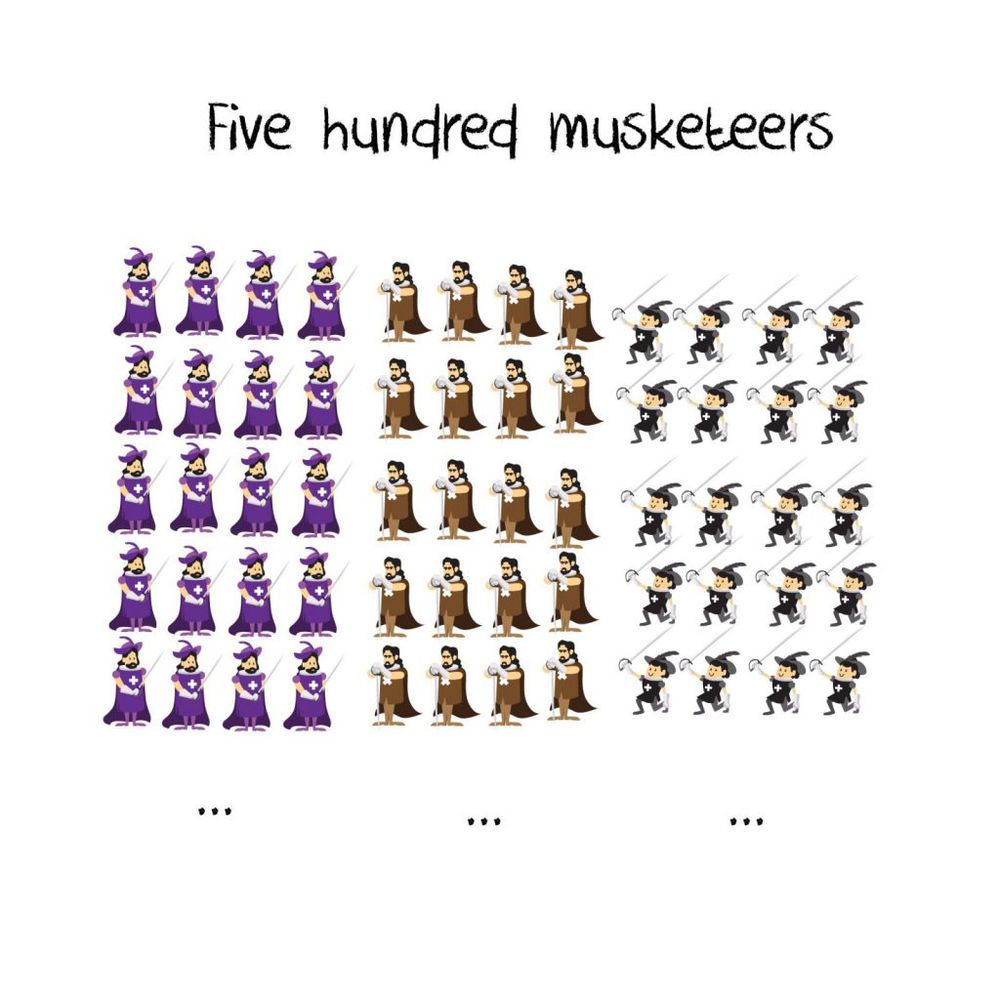
In a MECE framework, the number of items on each level should be around 3 (2 and 4 are okay). Once you hit 5, things will start to get a little confusing for you and your audience.
In Joe’s example, he should divide the seating area into three large sections – Front, Middle, and Rear – each further divided into three blocks. This way, it will take him five analyses to find out that Block VIII is problematic – three fewer than if he analyzes one block at a time.
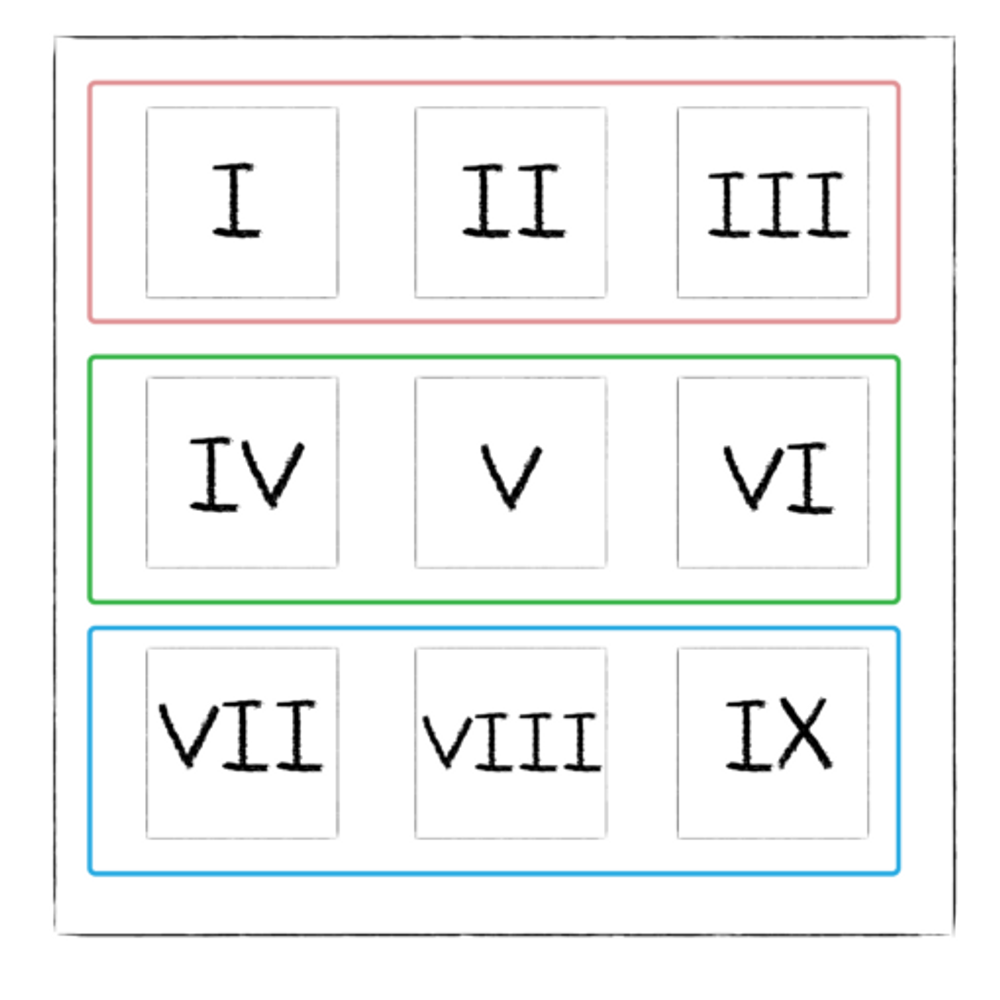
No interlinking items
Any issue tree will not be truly MECE if items on the same level are interdependent. If there is interdependence between the items, one root cause will manifest in many different symptoms across the board, making it more difficult to locate the said root cause.
A classic example of this would be to break down revenue into unit price and sales volume. While generally considered MECE, these two items are interlinked – changes in price often lead to changes in volume – so technically, they are not mutually exclusive.
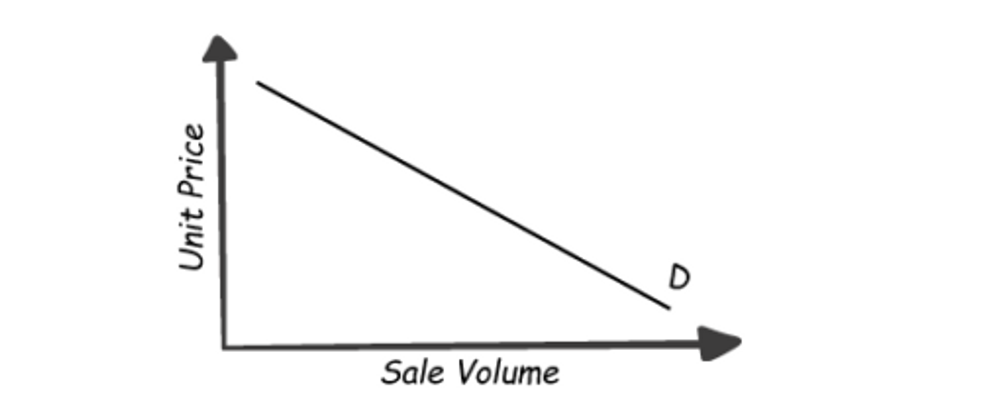
However, it is practically difficult to avoid this 100% in real-life situations. This will be further demonstrated down below.
MECE tips & tricks
Use MECE frameworks
Frameworks are pre-existing and intuitive templates used to draw issue trees. Most frameworks out there are already very MECE. So using those in case interviews and problem-solving is a good place to start; at least you don’t have to worry about the MECE thing. Disclaimer: blindly applying inappropriate frameworks can be counter-productive. We talk about that in great detail in the framework infographic article.
To avoid that potential problem, here are five friendly and perfectly MECE mini-frameworks that you can safely use in many many situations:
- Internal and External: Mainly used for structuring information surrounding an entity
- Quantitative and Qualitative: Particularly useful in evaluations.
- Cost and Benefit: Commonly used in decision-making.
- Cause and Effect: Mostly used to analyze events.
- Before vs After: Frequently used for evaluating the effectiveness of actions or levers.
You probably have heard about more complex frameworks as well. Those are also great tools to use, as long as you know when and how to use or customize them to fit with each particular context – which is part of what I teach in the Case Interview End-to-End Secrets Program.
Use MECE language
The MECE nature of your issue tree depends a lot on how it is presented, specifically the wording you choose.
For example, in writing this Section titles, I was trying to decide between 2 options:
How to think MECE
How to speak MECEUse MECE frameworks
Use MECE languageBoth options look structured and easy to read. But when mixing them together, the look and sound of them get seriously worse.
- Use MECE frameworks
- How to speak MECE
Or even when you use another version:
- Frameworks help with MECE
- How to speak MECE
Notice this in your writing and speaking. You will significantly improve communication effectiveness!
MECE – practice exercises
To help you understand the MECE principle and its use even further, here are some short exercises for you to practice:
EXERCISE
Exercise 1:
Are these segmentations MECE? If not, explain why, then correct.
- Continents of the world: Eurasia, Africa, North America, South America, Asia
- Forms of transportation: Land transport, sea transport, air transport
- Parts of the human body: Head, torso, belly, arms, legs
- Countries in the UK: England, Scotland, Wales, Ireland
- Parts of a supply chain: Input, output
Exercise 2:
Segment each of the following information in 3 different ways, and be as MECE as possible:
- Attributes of a car
- Types of food
- Aspects of a country
Exercise 3:
How can drug problems be reduced?
Exercise 4:
How would you assess the environmental impact of motorbikes in your country
Exercise 5:
What should Apple do to increase sales of iPhones?
Exercise 6:
How should a restaurant devise its menu strategy?
Exercise 1. Are these segmentations MECE? If not, explain why, then correct.
1. Continents of the world: Eurasia, Africa, North America, South America, Asia
Answer: No, because Eurasia overlaps with Asia, while Australia and Antarctica are not present;
MECE version: Europe, Asia, Africa, North America, South America, Australia, Antarctica.
2. Forms of transportation: Land transport, sea transport, air transport
Answer: Yes, this segmentation is MECE
3. Parts of the human body: Head, torso, belly, arms, legs
Answer: No, because “torso” overlaps with “belly”
MECE version: Head, torso, arms, legs
4. Countries in the UK: England, Scotland, Wales, Ireland
Answer: No, Ireland refers to a now-independent country outside the UK, while Northern Ireland, which is inside the UK, is not mentioned.
MECE version: England, Scotland, Wales, Northern Ireland
5. Parts of a production chain: Input, output
Answer: No, the middle “Production” part is missing.
MECE version: Input, Production, Output
Exercise 2. Segment each of the following information – be as MECE as possible:
1. Attributes of a car
Answer: Visual appearance, technical specifications, price
2. Types of food
Answer: Animal-based food, plant-based food
3. Aspects of a country
Answer: Land, people, state
Exercise 3. How can drug problems be reduced?
A MECE approach:
The questions can be broken down into “How to reduce the quantity of drug use?” and “How to reduce the impact of drug use?”
Then a deeper MECE segmentation should be:
1. How to reduce the amount of drug use?
- How to reduce supply of drugs?
- How to reduce demand for drugs
2. How to reduce the impact of drug use?
- How to help users recover from drugs?
- How to reduce the dangers?
- How to reduce side-effects (e.g. gangs, crime)?
Exercise 4. How would you assess the environmental impact of motorbikes in your country?
With this questions, you can be MECE by assessing the life cycle of a motorbike like this: "How motorbikes impact the environment?"
Car Environmental Impact:
- Material: raw materials + finished product + maintenance
- Fuel: fuel production + fuel consumption
- Infrastructure: road system + urbanization
Exercise 5. What should Apple do to increase sales of iPhones?
With this question, you can approach it using the 3C&P/Business Situation framework: company, competition, customers, and products. Using frameworks is one of the easiest ways to be MECE, but sometimes overuse of frameworks could lead to unnecessary information. So be careful when using frameworks!
When applying 3C&P framework, it should be like this:
- What are customers looking for when they decide to buy a phone?
- What is the competition doing and what is their strategy?
- What is the company – Apple – capable of?
- How is iPhone (Apple’s product) vs their competition?
Exercise 6. With this question, an insightful approach should be to divide the menu type into: breakfast, lunch, snack, and dinner. Dinner and lunch might have the same dishes but you should think of the menu as a whole, not by dishes.
Self-practice is great, especially when you practice with Case Interview E2E Program. Meanwhile, to even maximize your practice progress, it’s best to find a professional coach who can help you learn from your mistakes. At MConsultingPrep, we make it happen for you.
You and your coach will together practice further exercises, making sure you completely understand the MECE principle and flexibly apply it in different situations.
Applying MECE in consulting resumes
Now if you are applying for a consulting job, your resume has to be absolutely MECE in every way possible (Consultants are obsessed with MECE). In our Resume Toolkit program, I caught MECE mistakes over and over again. All of these can be easily avoided if you pay just a little attention. Here, let’s look at some examples.
- 2-4 bullet points for each position is about the optimal. Have 4 for important jobs/positions and 2 for the weaker ones. Don’t do 5-bullets sections nor single-bullet ones.
- Present your background in a logical order; place the most recent and impactful details on top.
- Be very consistent with the content and format of your resume. Example: Make sure all section titles are similarly formatted and all descriptions start with parallel wordings.
- Each bullet should also imply a mini structure. Everybody reading it should easily picture a super MECE issue tree behind.
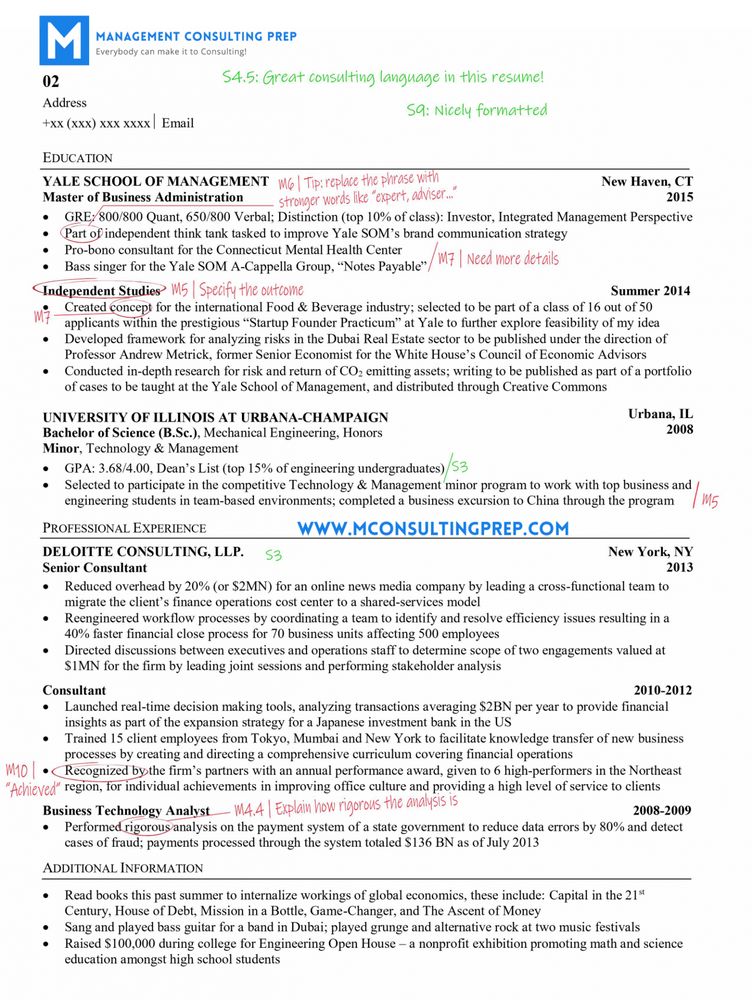
Applying MECE in case interviews
Finally, you made your way to the final battleground: Case Interview. This is where the MECE mindset will be tested to the limit. The interviewer will push and challenge you, while evaluating at the same time. Nobody can fake MECE in such situations. It has to be in your DNA.
When you should be 100% MECE
Here are a few places your MECE mentality will be most exposed:
The moment you start speaking! How do you open? How do you say the Map habit? How do you propose a framework? What to say when receiving data? How do you speak to the CEO? Etc. It’s important to develop your own perfectly crafted personal scripts early on and be comfortable saying them with ease. Examples of mine can be found in the Case Interview End-to-End Secrets Program.
Moreover, it would be best if you could ask for more advice from ex-consultants. When practicing with these experienced coaches, you’ll recognize when you should be 100% MECE and when not, and receive quality feedback on your areas of improvement. Connect with your coach now!
When you draw your issue tree! In terms of substance, here’s where MECE is needed the most. Working with a non-MECE issue tree very likely sends you to the stuck situations. What if the root-cause lies in the “Gap” areas where your issue tree missed out? This video talks about that in greater detail.
When you deliver solutions! The game is not over after root-causes are identified. Solutions need to be comprehensive and distinctive, a.k.a: MECE.
When you should NOT be 100% MECE
Believe it or not, the best interviewees don’t always follow the MECE principles and in certain situations, non-MECE is more effective and efficient (the key is to know when):
- Before the beginning of an issue tree: This is usually at the beginning of any case interview. You are just given a short context and a case objective. Don’t jump straight into a structured and MECE issue right away; you will most likely draw a bad issue and have to fix it later.
Try to buy time and get to know the context as much as you can before committing to one fixed structure. - Near the end of the issue tree: This is when you have tested and analyzed deep into your issue tree and the magical root-cause is almost found. You don’t want to waste any more time breaking the particular branch further. If you can smell the potential root-cause, attack it and identify it!
But how do you do it elegantly?
- Overwhelm interviewers with other consulting traits.
- Announce ahead for being non-MECE
Say things like:
- “Before diving deeper into this branch of the issue tree, I would like to ask a few questions about its surrounding context, so I can get a ‘feel’ for the situation and draw a spot-on issue tree. Does that sound good to you?”
- “Before diving deeper into this branch of the issue tree, I would like to ask a few questions about its surrounding context, so I can get a ‘feel’ for the situation and draw a spot-on issue tree. Does that sound good to you?”
If you want even more insights on how to ace consulting case interviews, subscribe to the Case Interview End-to-End Secrets Program, or check out this article below – it’s a comprehensive guide I have crafted from my experience at McKinsey for both beginners and experienced case interviewees.
MECE principle – Drawbacks
A strict MECE approach alone may not isolate the root-cause
A MECE issue tree works if each root cause of the problem is isolated squarely in one branch; a “wrong” issue tree leaves one root cause present in many branches at the same time.
In the White Cinema example, if the sound problem occurred not just in the center-rear, but in all centerline blocks, Joe would not find out the root cause by segmenting the seating area into horizontal sections, as it would manifest in all branches at the same time!
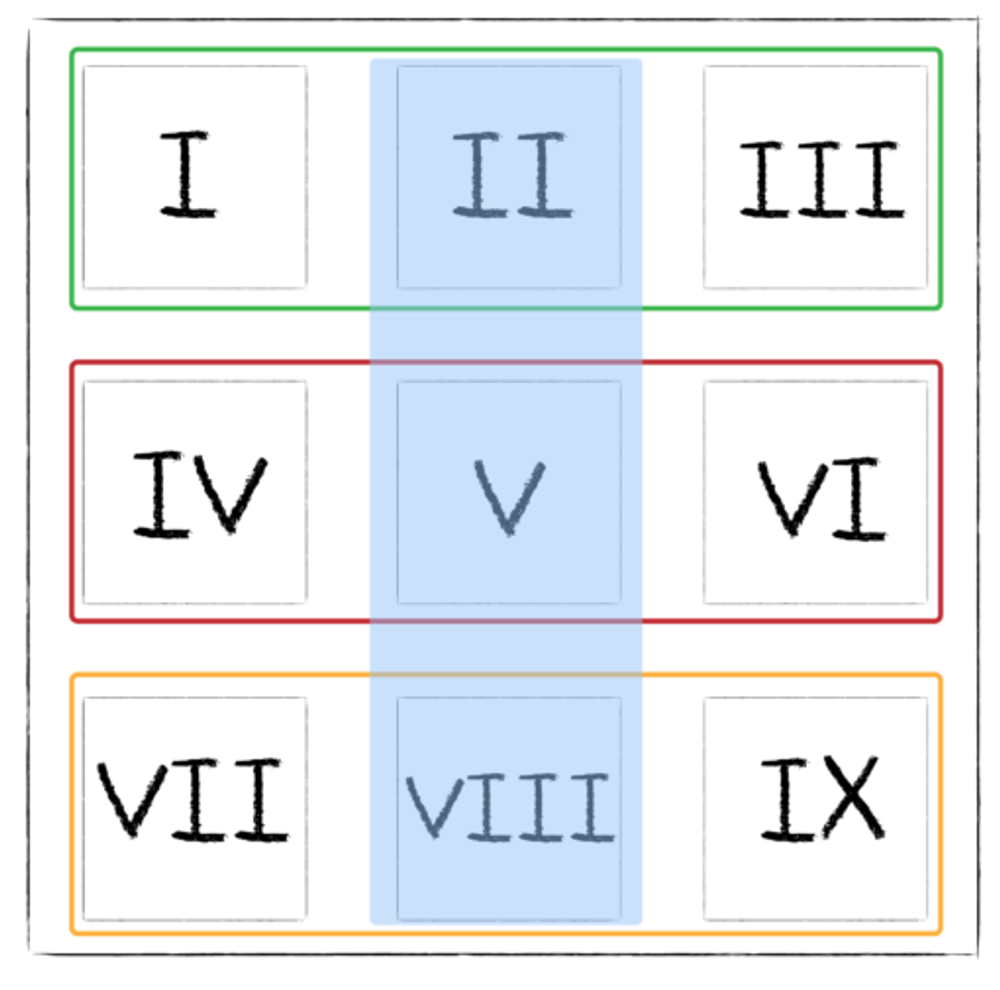
Instead, an appropriate way to segment the seating area would be Left, Centerline, Right – this will put the root cause squarely within one branch – the Centerline section.
It is undoubtedly frustrating to find yourself in such situations; fortunately, there are a few ways to help you avoid it:
- Develop your intuition for relevant kinds of problems by improving knowledge and acquiring first-hand experience.
- Gather as much background data as possible to get the “feel” for the problem before diving in.
- Align early and frequently with the interviewer when doing cases, and try to read their reactions to detect if you are taking the wrong route.
- Be constantly aware of this pitfall and regularly double-check your approach.
Interlinking items
Sometimes, it is ridiculously impractical to try and eliminate the links between items to achieve a “true” MECE issue tree; this is because many relevant concepts in those situations are inherently interdependent.
To analyze a country’s present state, for example, you may look into aspects such as governance, demography, economy, culture, and military. Unsurprisingly, these aspects are deeply interrelated, so they are not truly MECE; however, this approach is still relevant because it produces a lot of meaningful insights about a country.
Irrelevant items
Suppose you want to buy a new car, and you decide to analyze cars based on their country of origin; you also happen to dislike all Chinese things, so you will never buy a Chinese car.
Chinese cars in this issue tree are irrelevant. You will never choose a Chinese one, to begin with, so why waste your effort?
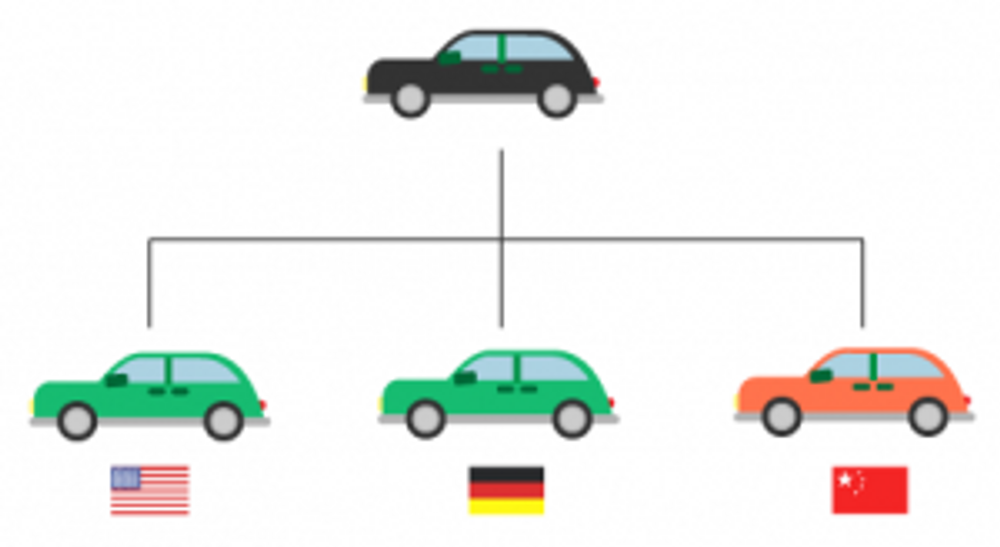
Fragmented segmentation
The “size” of an item within a sample space, when analyzed with a MECE method, can be extremely lopsided, to a degree that parallel structure may need to be sacrificed for ease of information recording, processing, and presentation.
Examples can be seen in the ongoing COVID-19, where there are countries with more confirmed cases than entire continents and those with only a handful of cases. One good way to conveniently present such fragmented data is to group “small” items together, effectively creating a higher-level item and violating the parallel rule (e.g.: US, Asia, Europe, Others).

Desirable redundancy
In small businesses, it is not uncommon to have the roles of the staff member overlapping, especially in areas crucial to the business’s operations. This is often done to prevent disruptions in case of manpower shortages.
With a MECE approach, you can design very lean solutions; however, in some cases, strict mutual exclusivity is not desirable because it precludes redundancy necessary for some contingency plans.
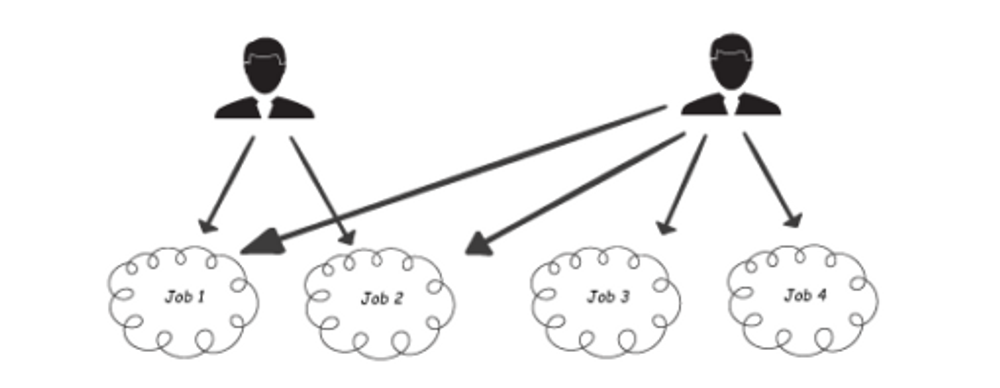
Fun facts about MECE
- Barbara Minto – the inventor of the MECE principle – stated that the acronym is supposed to be pronounced “meece”, as in “Greece”. Everybody has been doing it wrong all this time!
- Barbara Minto also stated that she drew inspiration from Aristotle – MECE comes from old ideals that have existed for two millennia.
- The “CE” part in MECE is sometimes interpreted as Completely Exhaustive – this term is itself not MECE because “complete” is synonymous with “exhaustive” (“Completely Complete?”).
/filters:quality(75)//case_thumb/1669783363736_case_interview_end_to_end_secrets_program.png)